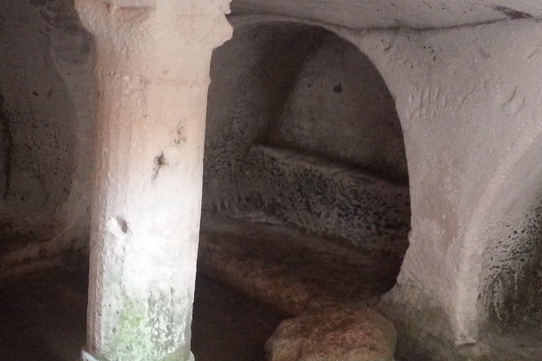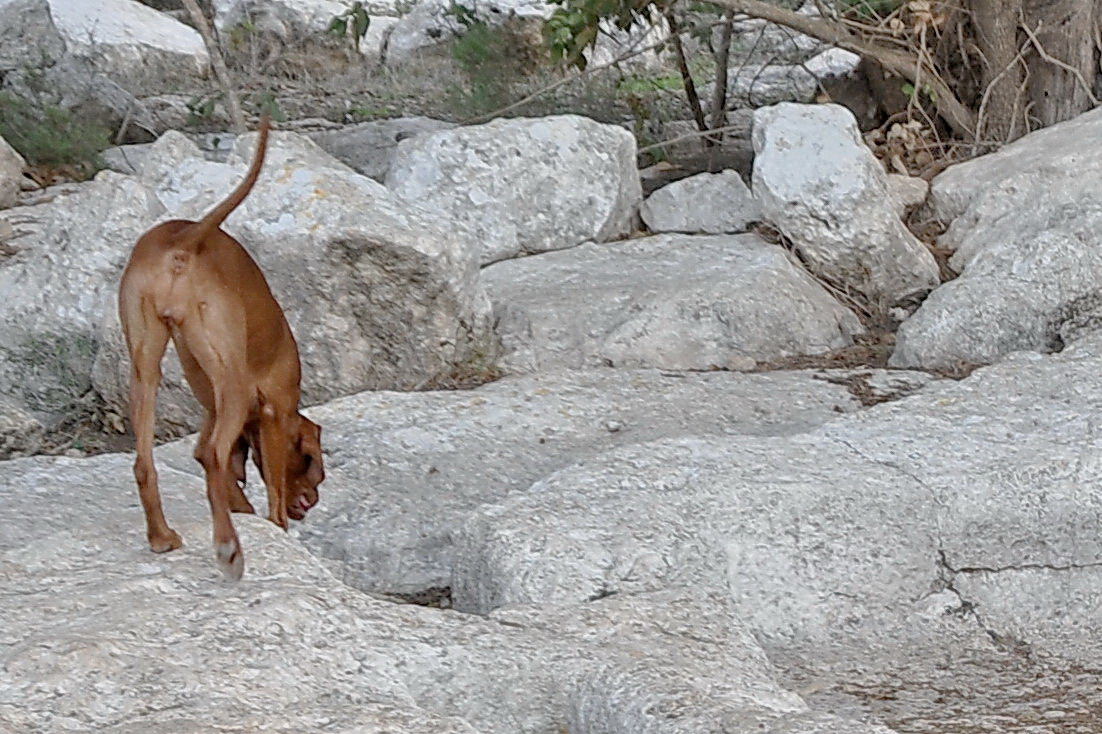A short account of Horvat Itri and Horvat Burgin, given by your Israel & Jerusalem private tour guide
As you hike in the Judean Hills and notice the ground, you will see that on top of almost every hill, thousands of shards of pottery are scattered. This is a clear sign that people once lived on that hill. Some of these hills are tels, containing ancient cities that date back as early as 4,000 years ago, and have many layers of civilization buried there. Some of them are the ruins of ancient villages that existed for only a few centuries. Horvat (“ruin of” in Hebrew) Itri and Horvat Burgin were Jewish villages that existed long ago.

click on all the photos to open them up
A bit of history
It is generally believed that the Judean Hills were first settled by the Israelite tribe of Judah during the 12th century BCE. This area was an important place for agriculture, and supplied food for other parts of the country, especially the mountains. Wheat and barley were grown in the valleys, and grapes and olives grew on the slopes. At the end of the time of the Second Temple (1st century BCE – 1st century CE), the hills had a dense Jewish population.
During the Great Revolt of the Jews against the Roman rulers (66-70 CE), the Romans reconquered the hills, destroying many of the villages and towns that did not surrender. Still, the Jewish majority in the country was maintained, and people returned to the ruins of the villages and rebuilt them.
Sixty years later, during another revolt (known as the Bar Kochba Revolt – 132-135 CE), Jewish fighters attacked the Romans from underground tunnels, costing the Roman army a massive loss of life. As a result, the entire Jewish population of Judea was annihilated, and all of the villages and towns were destroyed. The hills were resettled later, but the Jews did not return until modern times.
What can we see in Itri and Burgin?
In Itri we can see the remains of the village, which was destroyed during the first revolt and also the ruins of the village that was built later and destroyed during the Bar Kochba Revolt. In the latter village, we can see the public building (synagogue?), living quarters, ritual baths (in one of the baths, 15 skeletons of rebels were found), and some underground escape tunnels.
Hiking 2 km amid the beautiful landscape (especially during the time of the spring blossoms), brings you to Burgin, which has a lot more to see – ruins of homes, burial caves, ritual baths, cisterns, underground escape systems, an olive press and more.












